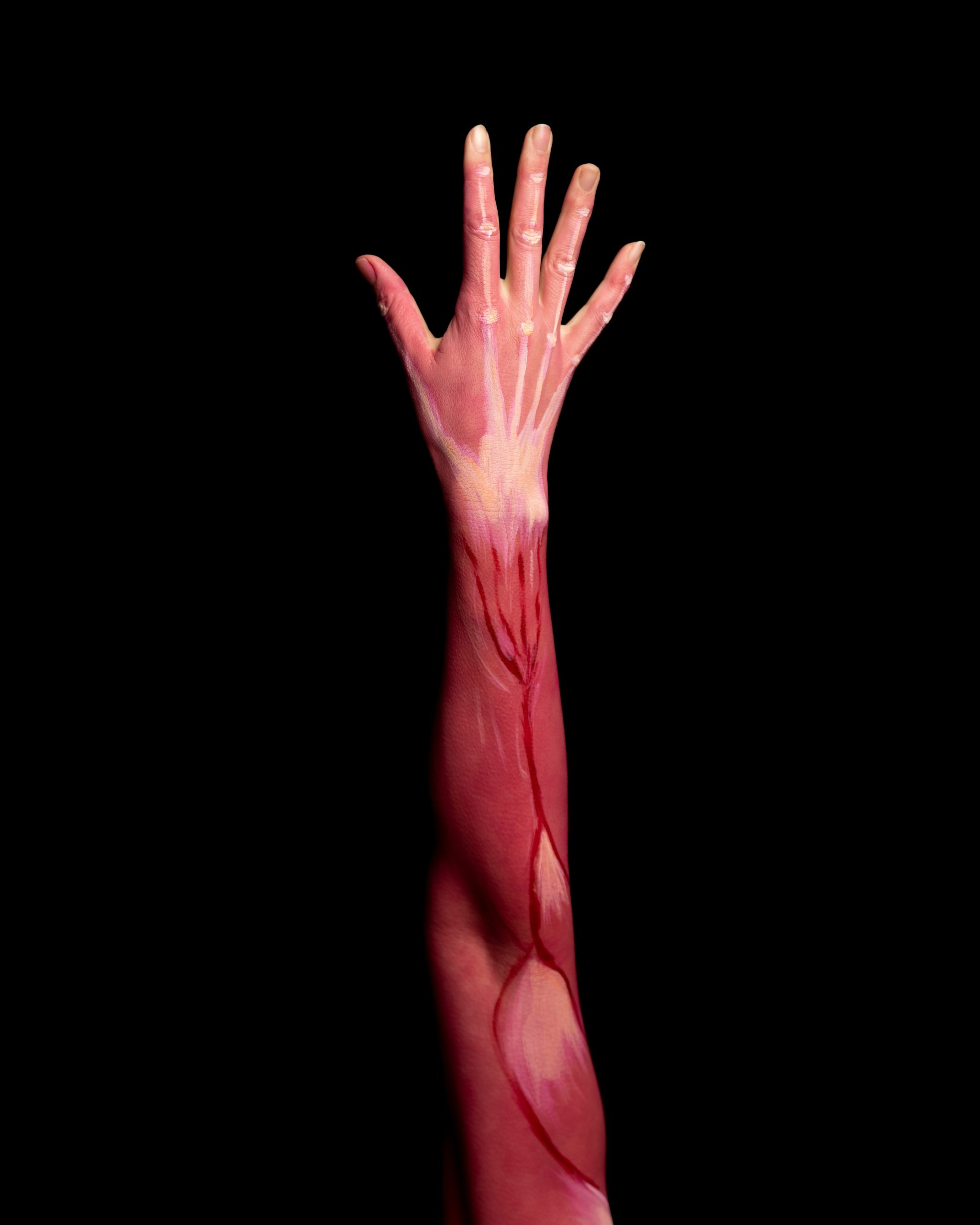
Chronic back pain affects millions of Americans and can stem from various causes, including injury, degenerative conditions, and muscle strain. Managing this pain is crucial for maintaining a quality of life, and medications play a vital role in this management. Understanding painkillers and muscle relaxants can help patients make informed decisions.
Understanding Chronic Back Pain
Chronic back pain lasts for three months or longer. It can result from numerous conditions. These include herniated discs, arthritis, or sciatica. Often, the pain is debilitating, limiting daily activities. Many individuals struggle to perform tasks they once enjoyed. This can lead to frustration, anxiety, and even depression.
A proper diagnosis is essential. Healthcare providers may recommend imaging tests, physical exams, or nerve studies. Understanding the underlying cause helps determine the best treatment options.
Painkillers: Types and Uses
Painkillers, or analgesics, are commonly used to manage chronic back pain. They fall into two main categories: over-the-counter (OTC) and prescription medications. Each type has its advantages and potential drawbacks.
OTC painkillers include nonsteroidal anti-inflammatory drugs (NSAIDs). These are readily available and can be effective. Typical examples are ibuprofen and naproxen. These medications help reduce inflammation and alleviate pain. However, they may cause stomach irritation or other side effects. Patients should follow dosage recommendations carefully.
Prescription painkillers include opioids, such as morphine and oxycodone. These medications are powerful and can provide significant relief. However, they carry a risk of addiction and tolerance. Healthcare providers typically prescribe them for short-term use only. Monitoring by a physician is essential to avoid complications.
Muscle Relaxants: A Helpful Option
Muscle relaxants, which work by depressing the central nervous system, can be effective for patients with muscle spasms. They can help relieve tension and discomfort associated with muscle tightness. Joint muscle relaxants include cyclobenzaprine and methocarbamol.
These medications can be helpful in conjunction with other treatments. They often work best when used alongside physical therapy or stretching exercises. Patients should be aware of potential side effects, including drowsiness and dizziness.
It is crucial to communicate openly with healthcare providers about any side effects experienced. This can help adjust dosages or switch medications if necessary.
Non-Pharmacological Treatments
While medications can be helpful, they are not the only solution. Non-pharmacological treatments can also play a significant role in managing chronic back pain. Physical therapy is one effective option. A physical therapist can create a tailored exercise program. This helps strengthen the back muscles and improve flexibility.
Other complementary treatments include acupuncture and chiropractic care. These methods may help alleviate pain and enhance overall well-being. Patients should discuss these options with their healthcare providers to determine the best course of action.
The Importance of a Comprehensive Approach
Managing chronic back pain requires a comprehensive approach. Various treatment options, including medications, physical therapy, and lifestyle changes, must be considered. Open communication with healthcare providers is critical to developing an effective plan.
Patients should also be proactive in managing their pain. This may include maintaining a healthy weight, practicing good posture, and engaging in regular exercise. These lifestyle modifications can contribute significantly to pain relief.
It is crucial to remember that what works for one person may not work for another. Each individual’s experience with chronic back pain is unique. Therefore, a personalized treatment plan is vital for successful management.
Chronic back pain is a challenging condition. Understanding the role of medications, including painkillers and muscle relaxants, is vital. These treatments can help manage pain and improve quality of life. However, they are most effective when combined with other approaches. Physical therapy, lifestyle changes, and open communication with healthcare providers can lead to better outcomes. Patients should remain proactive in managing their pain and seek the most effective treatments for their needs.